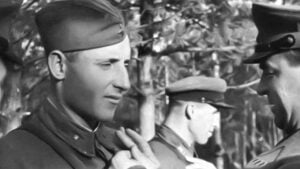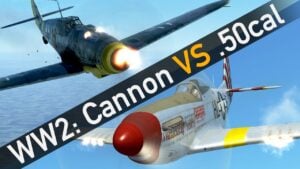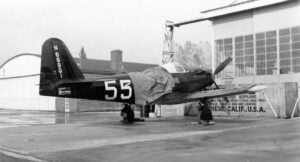5 Reasons Why Japanese Zeros Couldn’t Fight Against American F6F Hellcat Fighters
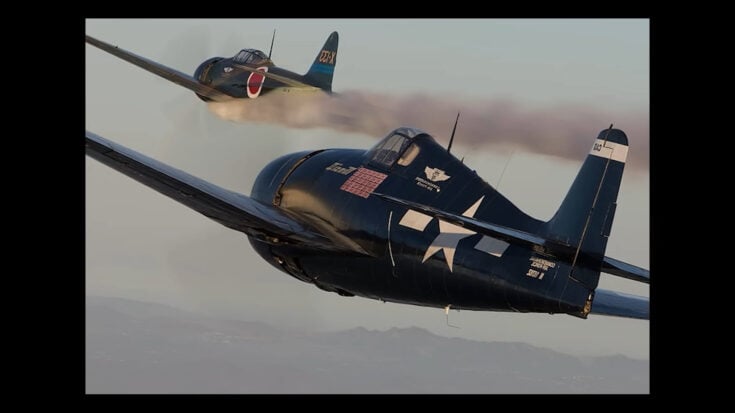
YouTube / The Intel Report
The Pacific skies once belonged to the Mitsubishi A6M Zero. Fast, nimble, and deadly in the early days of World War II, it cut down Allied planes with ease. But by 1943, a new predator arrived—the Grumman F6F Hellcat—and the hunter quickly became the hunted.
1. The Element of Surprise Was Gone
Early in the Pacific War, the Mitsubishi A6M Zero reigned supreme thanks to its agility and long range. But by the time the Grumman F6F Hellcat entered combat in 1943, U.S. pilots had studied the Zero’s weaknesses. They avoided turn-fighting and instead used high-speed “boom-and-zoom” attacks—strike once, climb away, and come back when ready.
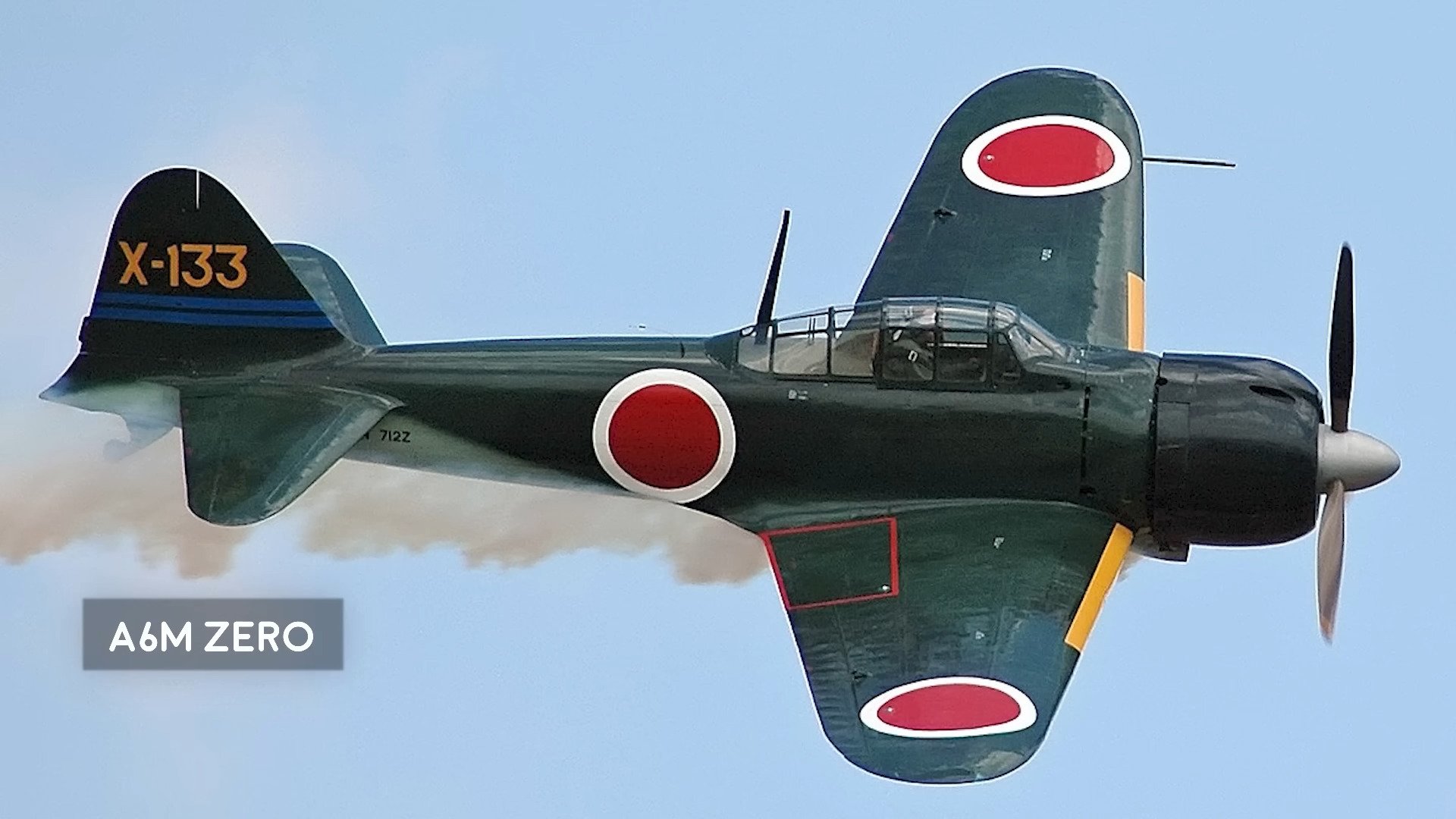
2. Built Like a Tank, Armed Like a Fortress
Zeros were made for agility, not survival. No armor, no self-sealing fuel tanks—one burst of .50 caliber fire could turn them into flaming wrecks. The Hellcat, in contrast, was a bruiser—thick armor plates, bulletproof glass, and six heavy machine guns that shredded anything in their sights.
3. Eyes in the Sky
With carrier-based radar guiding them, Hellcat pilots often knew the enemy’s position before the Japanese knew they’d been spotted. Surprise was now an American advantage, and Hellcats could pick their battles at will.
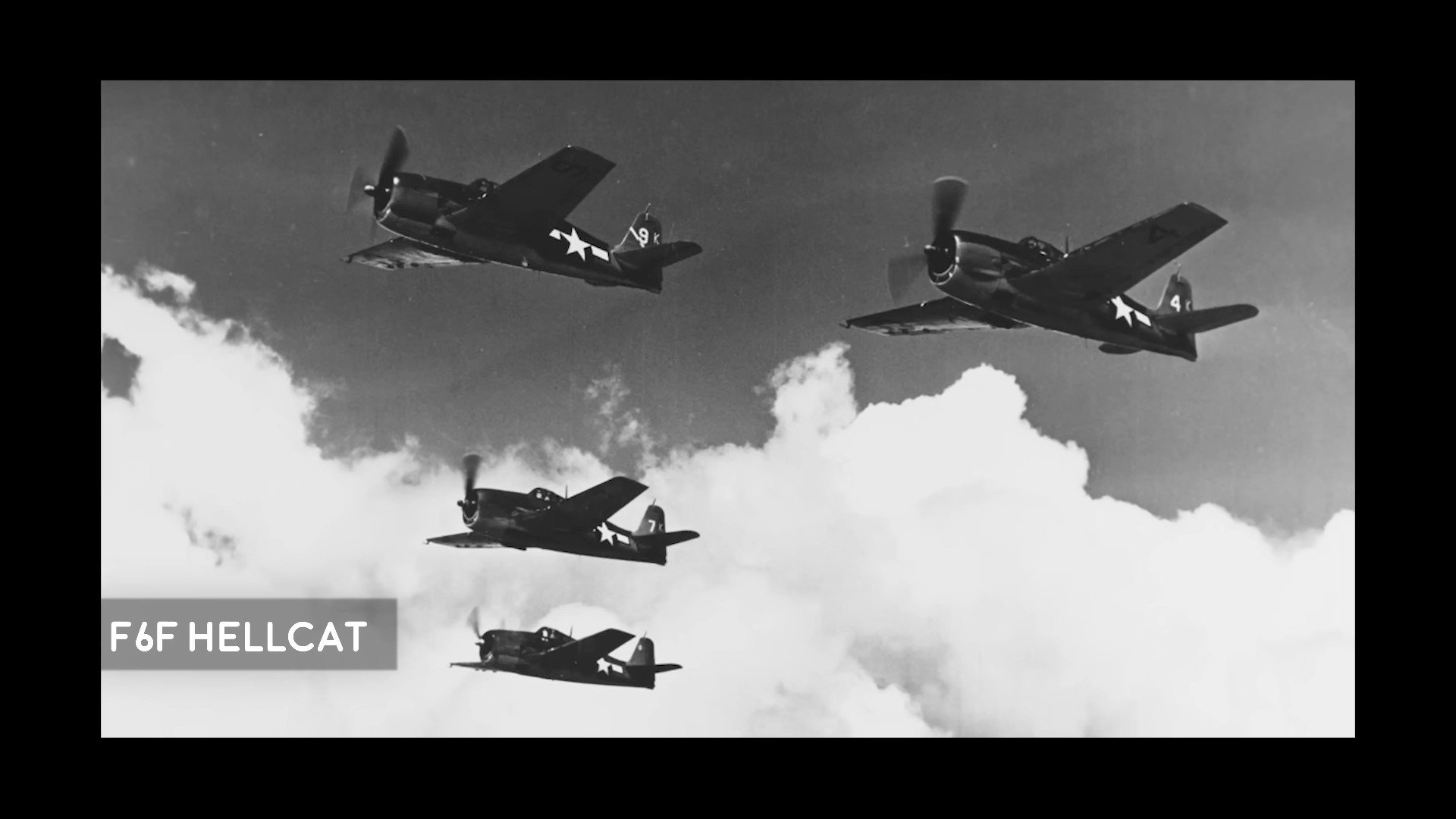
4. Speed and Power Over Agility
The Pratt & Whitney R-2800 engine gave the Hellcat the speed to chase—or to disappear. Zeros risked ripping themselves apart if they tried to follow a Hellcat into a steep dive, leaving them helpless against hit-and-run tactics.
5. Declining Japanese Pilot Skill
By the later war years, Japan’s pool of skilled aviators was depleted. Many Zero pilots were inexperienced and unable to match the battle-hardened, well-trained U.S. Navy and Marine Corps airmen.
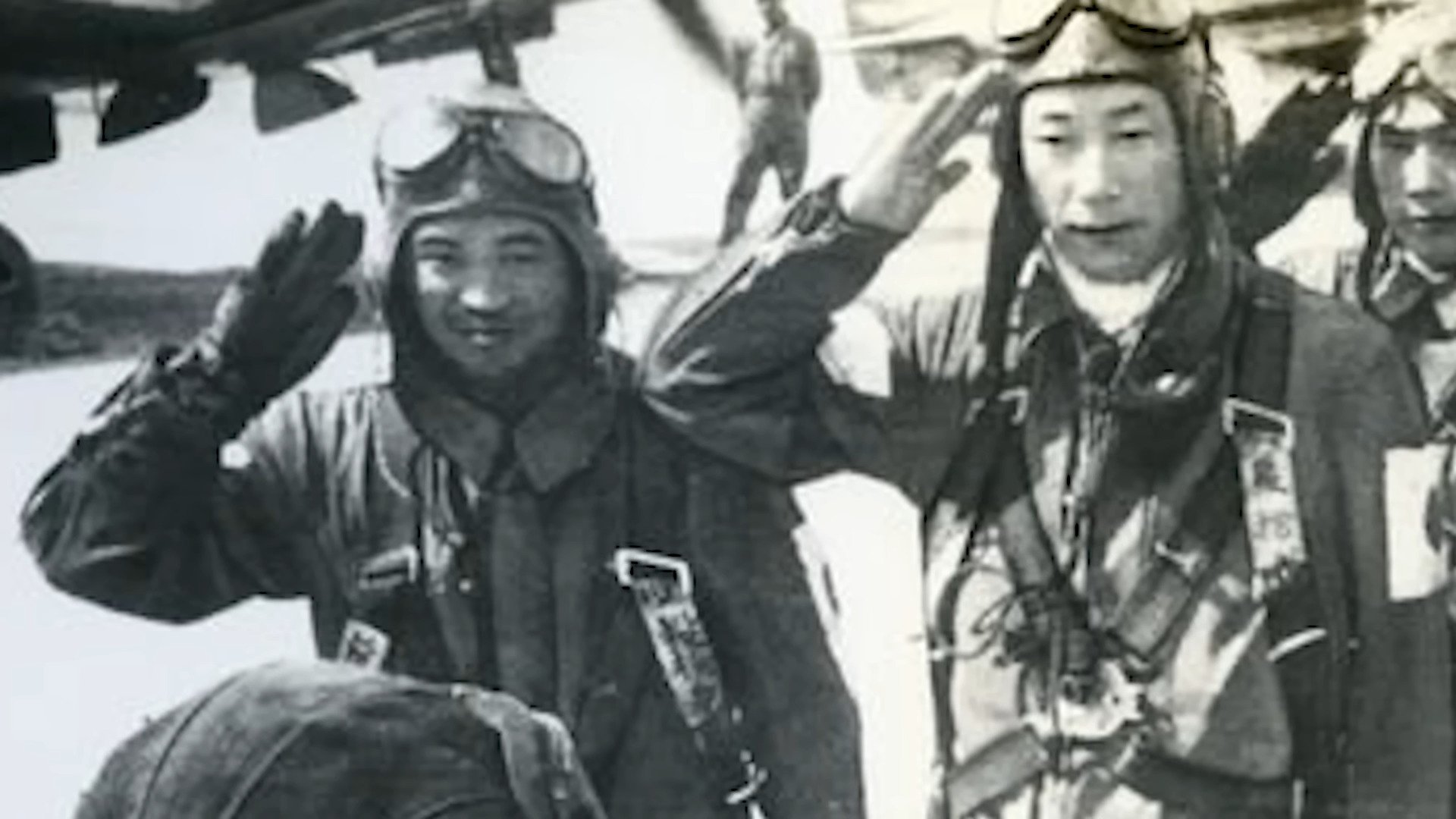
The result was decisive—Hellcats achieved a staggering 19-to-1 kill ratio against Zeros, making them one of the most feared and effective carrier-based fighters of World War II.

















